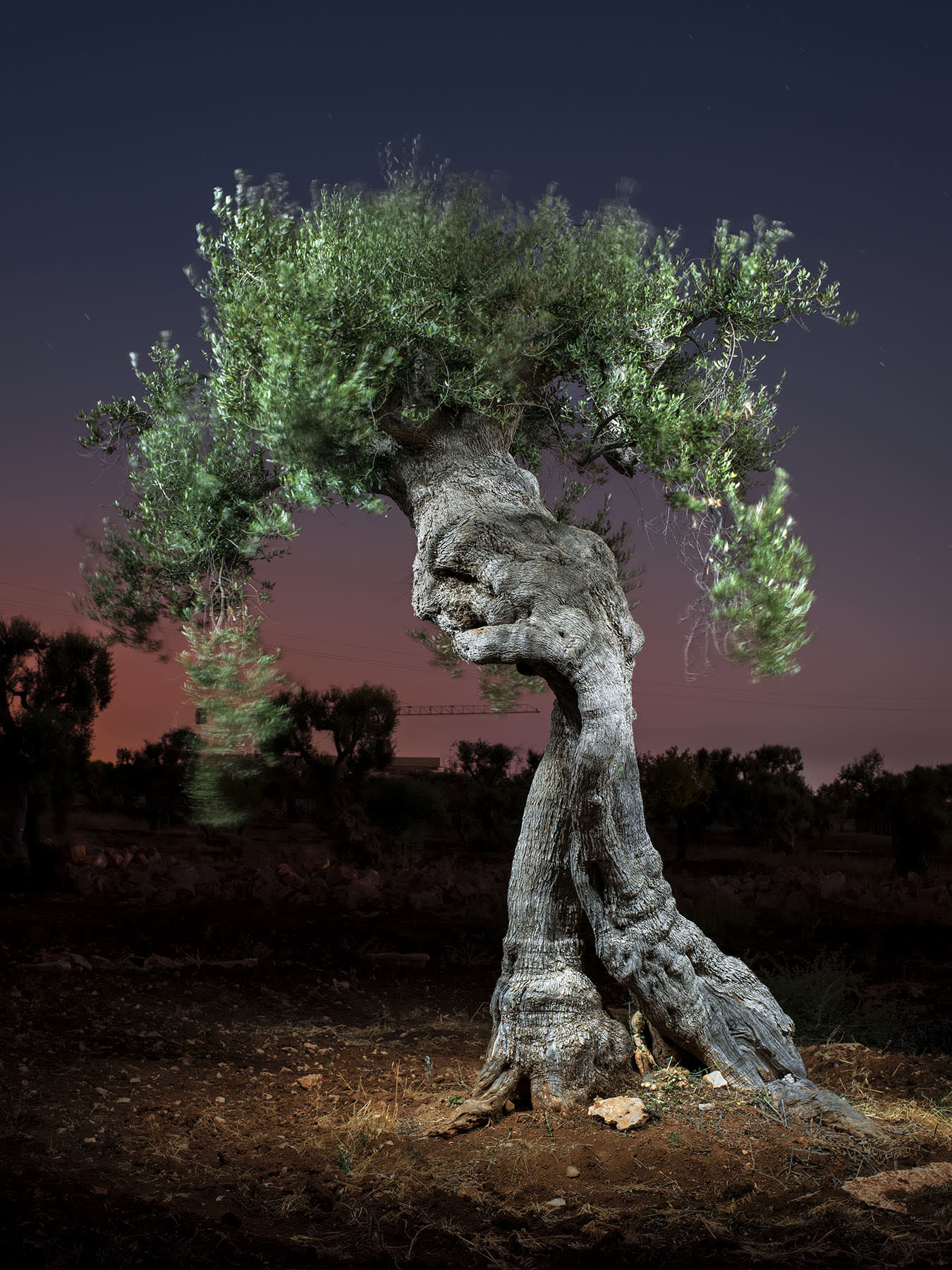Because, let's face it, they're slow and a bit clumsy on their own.

From Knowable magazine, March 6:
As the world warms, trees in forests such as those in Minnesota will no longer be adapted to their local climates. That’s where assisted migration comes in.
On a brisk September morning, Brian Palik’s footfalls land quietly on a path in flickering light, beneath a red pine canopy in Minnesota’s iconic Northwoods. A mature red pine, also called Norway pine, is a tall, straight overstory tree that thrives in cold winters and cool summers. It’s the official Minnesota state tree and a valued target of its timber industry.
But red pine’s days of dominance here could fade. In coming decades, climate change will make red pine and other Northwoods trees increasingly vulnerable to destructive combinations of longer, warmer summers and less extremely cold winters, as well as droughts, windstorms, wildfires and insect infestations. Climate change is altering ecological conditions in cold regions faster than trees can adapt or migrate.
Palik, a forest ecologist with the US Department of Agriculture’s Forest Service Northern Research Station, stops and points to a newcomer under the red-pine canopy: a broadleaf deciduous tree, bitternut hickory, as high as an elephant’s eye at about 10 feet tall and eight years old. “It’s doing really well,” he says.
This bitternut hickory probably shouldn’t be thriving in the Cutfoot Experimental Forest in north-central Minnesota, near Grand Rapids. It likely began as a seedling in a nursery in Illinois, to the south, where deep freezes are less extreme. Normally, if a southern-adapted seedling is planted in an unsuitably cold climate like this one, it can risk frost damage and its survival is threatened. But the newcomer’s lush, green foliage exudes good health....
....MUCH MORE
